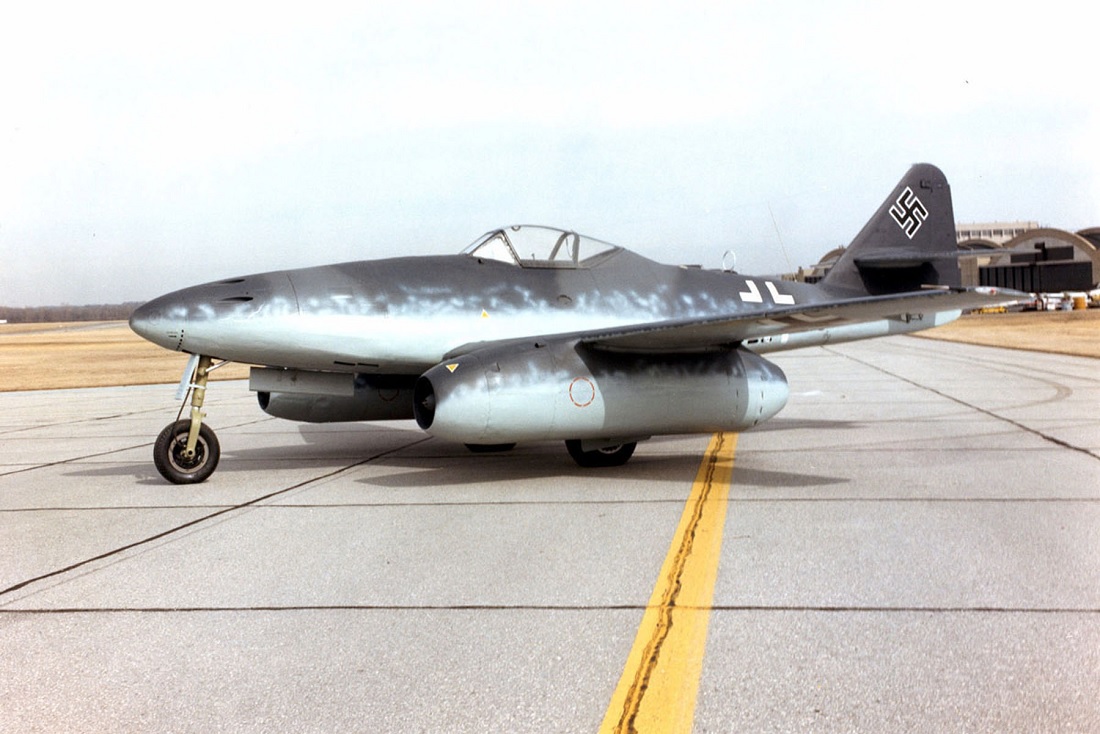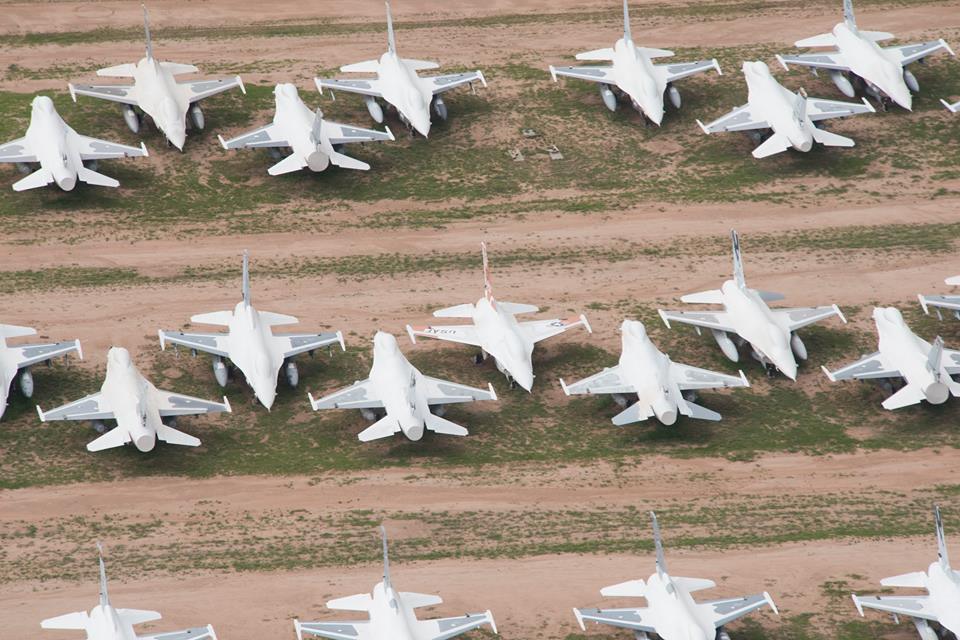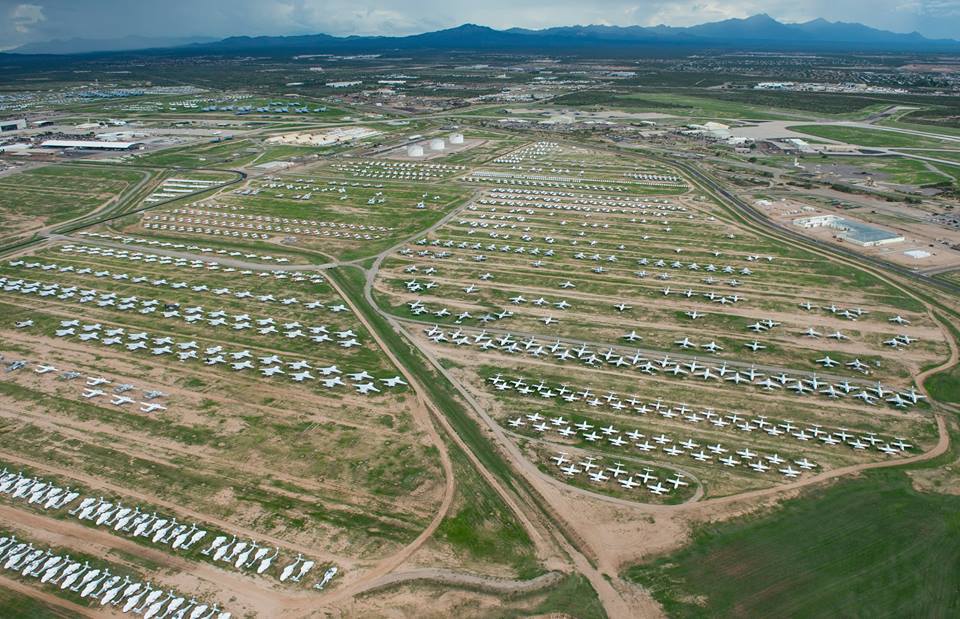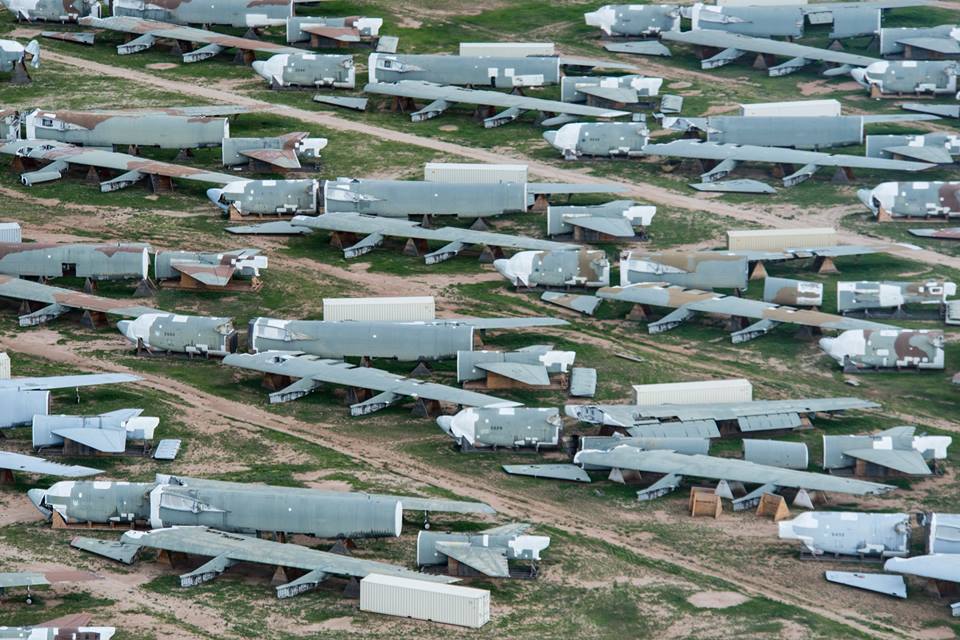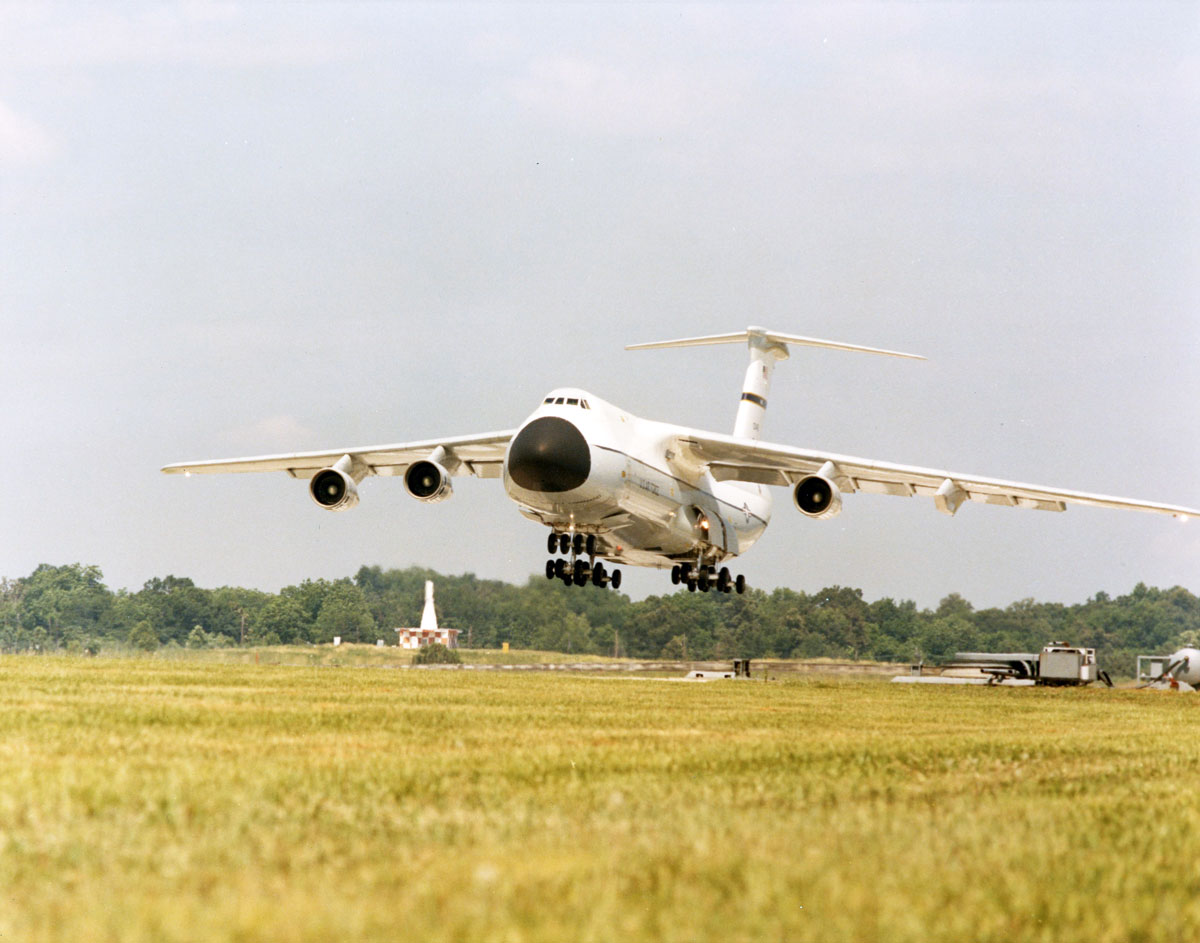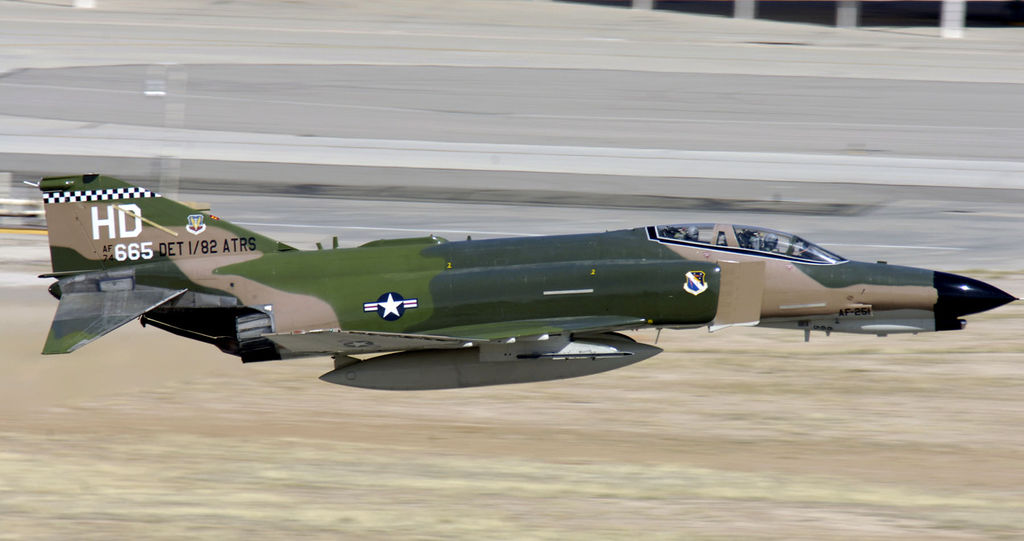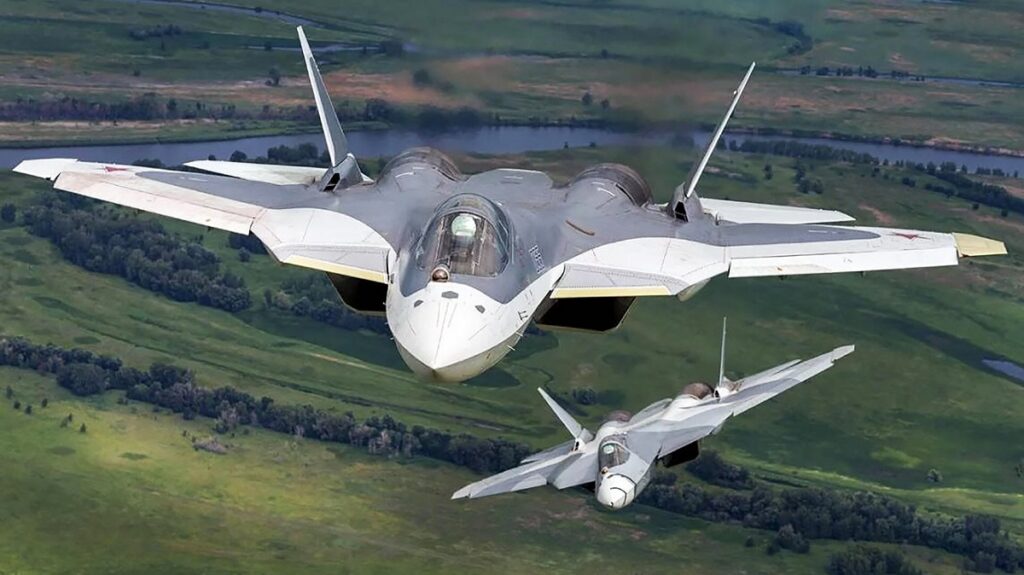‘A hail of fire enveloped me. I could hardly hold her in the air. I had only one wish: to get out of this ‘crate’ which now apparently was only good for dying in,’ Adolf Galland
One of the most important members of the Luftwaffe in World War II, Adolf Galland flew 705 combat missions and participated in both the Defense of the Reich and the Western Front. He was credited with 104 aerial victories, all against the Western Allies, and survived being shot down four times.
Galland commanded Germany’s fighter squadrons during the futile defense effort against Anglo-American bombing assaults in 1943–1944. He was dismissed of command in January 1945 despite his capable and resourceful leadership, since he was held responsible by Hermann Göring and Adolf Hitler for the slow fall of the German air defenses in 1944. He was soon given permission to form Jagdverband 44, his own squadron of Messerschmitt Me 262 jet fighters.
Galland was about to fly his last mission with this unit. Indeed, as reported by Robert Forsyth in his book Me 262 Northwest Europe 1944–45, Galland’s aircraft was shot down on April 26, 1945. He took off from Riem at 11:30, leading a formation of 12 Me 262s from JV 44, all of which were carrying R4Ms, to combat B-26s from the 17th BG, which were aiming for the ammunition dump at Schrobenhausen and the recently evacuated jet base at Lechfeld.
Galland made the mistake of forgetting to flick off the second safety switch for the rockets as he approached the bombers, presumably due to the distraction of defensive fire, even though five Marauders were reported shot down. His aircraft was struck by machine gun fire as it moved through the bombers and started to trail smoke.

Just after midday, P-47s from the 27th and 50th FGs dived down from a higher altitude to help the Marauders, firing their machine guns as they pursued the rapidly dispersing aircraft. 1Lt James J. Finnegan led the 10th FS/50th FG’s “Green Flight.” He recalled:
‘I remember it well because it was the first time I saw operational jets. We had been briefed on them because they had been expected and used since October 1944. Yet, like a lot of intelligence we received in those times, nothing ever materialised.’
Finnegan was about to have a rude shock. Seconds earlier he had watched in astonishment as two ‘darts’ streaked through the bomber formation just as two Marauders exploded in flames, at which point the ‘darts’ broke away to the left and right, respectively.
‘Somebody yelled “Jet Bandits!” over the intercom’, Finnegan remembered. ‘There was no doubt in my mind what they were; I had never seen anything move that fast’.

He then spotted what appeared to be a damaged Messerschmitt:
‘I kept the ‘bandit’ that turned left in my sight and watched the bombers from my 11 o’clock position. I told my Flight I was going down after him, turned on my back in a split S manoeuvre and caught him in my gunsight. Although the Me 262 was a great deal faster than the Thunderbolt, nothing could out dive it, and I had the advantage of height. I pulled the big nose up so it obscured the jet, held the trigger for about a 1½–2 second burst, dropped the nose and saw strikes on the right wing root. The ship pulled abruptly left and disappeared in the clouds. I claimed an Me 262 as ‘damaged and probable’ and thought no more of it.’
Galland described how:
‘A hail of fire enveloped me. A sharp rap hit my right knee, the instrument panel with its indispensable instruments was shattered, the right engine was also hit – its metal covering worked loose in the wind and was partly carried away – and now the left engine was hit. I could hardly hold her in the air. I had only one wish: to get out of this ‘crate’ which now apparently was only good for dying in. But then I was paralysed by the terror of being shot while parachuting down. Experience had taught us that we jet fighter pilots had to reckon on this. I soon discovered that after some adjustments my battered Me 262 could be steered again and, after a dive through the layer of cloud, I saw the Autobahn below me. Ahead lay Munich and to the left, Riem. In a few seconds I was over the airfield. Having regained my self confidence, I gave the customary wing wobble and started banking to come in. It was remarkably quiet and dead below. One engine did not react at all to the throttle, and as I could not reduce it, I had to cut both engines just before the edge of the airfield. A long trail of smoke drifted behind me.’
The Me 262 bumped to a halt with a flat tyre as Galland threw open the canopy and clambered out awkwardly, just as Allied fighter bombers had begun a strafing run over Riem. He was about to fall into the ‘shelter’ of a bomb crater when he was welcomed by a timely mechanic riding a semi tracked Kettenkrad tow vehicle. The Generalleutnant limped gratefully over to it and the little vehicle rumbled off to safety with Galland trembling and shocked on the rear seat. It was, effectively, the end of his war, and JV 44 had only a few days of operations left.
Me 262 Northwest Europe 1944–45 is published by Osprey Publishing and is available to order here.
Photo by U.S. Air Force, Noop1958 and German Federal Archive via Wikipedia
